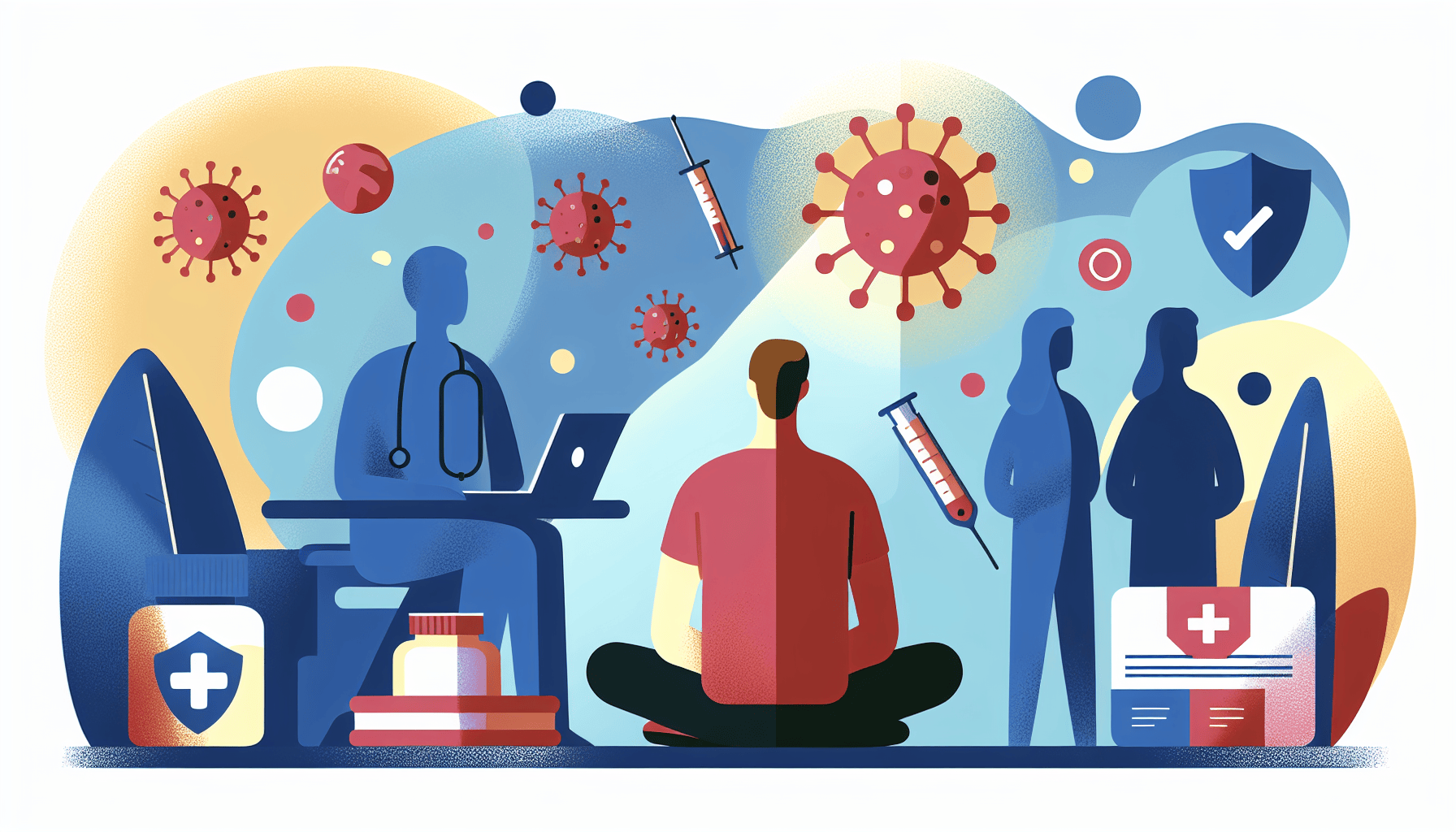Can I Take Zepbound a Day Early?
Key TakeawaysZepbound is a once-weekly injectable medication for weight management and obstructive sleep apnea (OSA) linked to obesity.Taking Zepbound a day early is [...]
Read More
Medically reviewed by Abhijit Bhattacharyya | MD, PhD, MBA, Tufts University School of Medicine - Miami, Florida on November 10th, 2023.
Brucellosis is a rare infectious disease caused by bacteria called Brucella. While it primarily affects animals, it can also spread to humans. In this article, we'll explore the causes, symptoms, diagnosis, treatment, and prevention of brucellosis to help you better understand this condition.

Brucellosis occurs when a person comes into contact with an animal or animal product infected with Brucella bacteria. The bacteria can enter the body through cuts in the skin, by breathing in contaminated air, or by consuming contaminated food or drink, such as unpasteurized milk or undercooked meat.
There are four main types of Brucella bacteria that cause human brucellosis:
B. melitensis (most common, found in sheep and goats)
B. suis (found in wild pigs)
B. canis (spread from dogs)
B. abortus (comes from cattle)
You are more likely to get brucellosis if you:
Consume unpasteurized dairy products from infected animals
Eat "village cheeses" from high-risk regions like the Mediterranean
Travel to areas where Brucella is common
Work in a meat-processing plant, slaughterhouse, or on a farm
Are a hunter or veterinarian
Symptoms of brucellosis often resemble the flu and may include:
Fever (most common, with high "spikes" in the afternoon)
Back pain
Body-wide aches and pains
Poor appetite and weight loss
Headache
Night sweats
Weakness
Abdominal pain
Cough
Symptoms usually appear within 5 to 30 days after exposure to the bacteria. The severity of symptoms depends on the type of Brucella causing the infection.
To diagnose brucellosis, your doctor will perform a physical examination and may find signs such as a swollen liver, swollen lymph nodes, a swollen spleen, unexplained fever, joint swelling, and pain. Blood tests will be done to confirm the infection and identify the specific type of Brucella responsible.
Brucellosis is treated with antibiotics, usually a combination of doxycycline and rifampin for 6-8 weeks. Other antibiotics that may be used include streptomycin, ciprofloxacin, ofloxacin, sulfamethoxazole/trimethoprim, and tetracycline. It's crucial to complete the full course of antibiotics to prevent the disease from returning.
Severe brucellosis may lead to complications such as:
Infection of the central nervous system
Endocarditis (infection of the heart lining or valves)
Liver abscess
Long-lasting symptoms similar to systemic exertion intolerance disease (SEID)
Miscarriage or birth defects in pregnant women
While death from brucellosis is uncommon, most brucellosis-related deaths are due to endocarditis.
To reduce your risk of brucellosis:
Avoid consuming unpasteurized dairy products
Wear rubber gloves if you work in the animal processing industry
Inform your healthcare provider if you have come in contact with an infected animal, even if you don't have symptoms
Currently, there is no effective human vaccine to prevent brucellosis.
For more information on brucellosis, visit:
Key TakeawaysZepbound is a once-weekly injectable medication for weight management and obstructive sleep apnea (OSA) linked to obesity.Taking Zepbound a day early is [...]
Read MoreKey TakeawaysZepbound is an FDA-approved medication for chronic weight management in adults with obesity or overweight, and for moderate to severe obstructive sleep apnea [...]
Read MoreKey TakeawaysZepbound is a once-weekly injectable medication that supports weight loss by activating hormone pathways regulating appetite and digestion.After the first dose, [...]
Read More